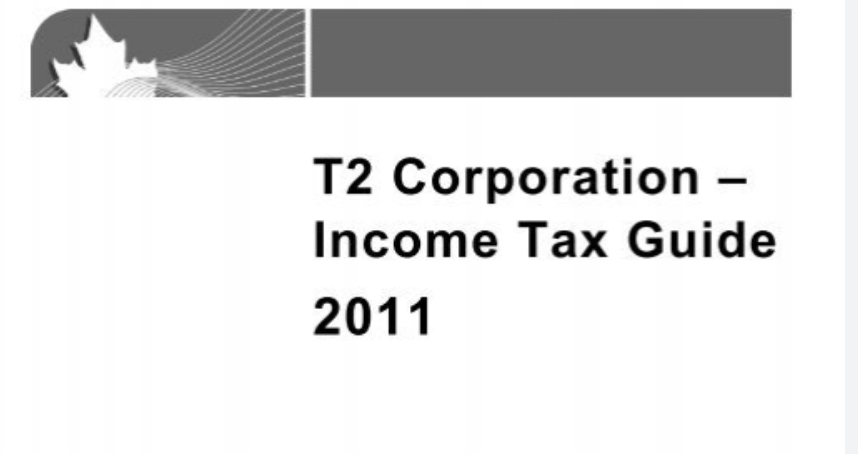ntroduction: Just as individuals need to file income taxes, corporations are also bound by this obligation through the T2 form. In this informative guide, we’ll delve into the intricacies of the T2 form – a vital document for Canadian corporations to declare their income tax. Whether you’re a resident corporation, non-profit, or tax-exempt entity, understanding the T2 form is essential. Join us as we explore the fundamentals, calculation methods, reporting processes, and submission timelines associated with the T2 form.
Understanding the T2 Form: The T2 form is a cornerstone for Canadian corporations, serving as a declaration of their income tax. Corporations are required to file the T2 form within six months following the conclusion of their fiscal or calendar year. To simplify the process, options such as the CRA’s Corporation Internet Filing services and the My Business Account portal are available. Corporations can also opt for the T2 Bar Code Return, allowing them to provide relevant financial information and submit it either by mail or in person to the CRA.
Eligibility and Requirements: All resident corporations, including non-profits and tax-exempt entities with annual gross revenues exceeding $1 million, are obligated to complete the T2 form. This annual requirement applies irrespective of whether a corporation has taxable income. However, specific exemptions exist, which can be explored further. For personalized guidance on eligibility, exceptions, and obligations, consulting experts like Tax4Less.ca can provide invaluable insights.
Navigating the T2 Form Online: The T2 form is conveniently available online as a PDF file, which can be completed digitally or printed for submission to the CRA. It’s accessible through CRA’s Corporation Internet Filing service. Moreover, partnering with third-party tax preparers, such as Tax4Less.ca, can streamline the process of locating and accurately completing T2 income statement submissions.
Calculating Corporate Income: Determining corporate taxable income involves calculating gross revenue, which includes sales, discounts, interest revenue, and taxable property sales. The next step is subtracting the cost of goods sold, leaving you with taxable income. However, this isn’t the final calculation. Deducting allowable expenses, such as rent, repairs, and interest, results in the amount subject to taxation. To make accurate calculations, utilizing CRA-endorsed tax calculators available online is advised.
Integration of T5013 Form: For those required to file a T5013 form (Statement of Partnership Income), it’s essential to include this information in the T2 form. Completing the T5013 form beforehand and incorporating its data into the relevant sections of the T2 ensures seamless integration. Tax4Less.ca can assist in navigating the complexities of such interrelated forms and optimizing tax efficiency.
Navigating the T2 Form: Completing the T2 corporation income tax form can be simplified through certified tax preparation software endorsed by the Canadian Revenue Authority or with the expertise of an accountant. The form comprises distinct sections, including identification, attachments, taxable income, deductions, tax credits, and certification.
Conclusion: Understanding the T2 form is a crucial aspect of responsible corporate financial management. Navigating its nuances, calculating taxable income accurately, and incorporating related forms demands attention to detail and expertise. For personalized guidance, consultation, and efficient T2 submissions, partnering with reputable tax professionals like Tax4Less.ca can ensure compliance, accuracy, and optimized tax strategies.
Disclaimer: This guide provides general insights and does not constitute professional tax or legal advice. Consultation with qualified experts is recommended for specific cases.
What is a Bare Trust? Filing Requirements with CRA, Purpose, and Compliance



Leave a Reply